7 Mistakes in Gel Nail Extensions to Avoid
While you may opt-out of doing gel extension services, mastering your application of these can certainly boost your confidence.
Mastering Gel Extensions, especially with soak-off gel, does not have to be difficult, but there are certain mistakes to avoid.
In today’s video, we’ll be going over common mistakes in gel nail extensions.
Hey there! Welcome back, and if you are new to Kokoist, Welcome! Kokoist is a versatile premium soak-off gel made in Japan.
SO!
What are gel nail extensions anyways?
Gel nail extensions are extensions of the natural nail using a builder gel nail product.
There are a few different ways to form extensions, and some will argue that creating extensions with paper forms is the most challenging. Other methods of gel nail extensions include half-plastic tips, and full coverage tips which Kokoist offers under the name Gelip. For the purpose of today’s video we’ll be referencing mistakes as it pertains to free-form extensions.
Mistake #1 Extending too long.
If you’re wondering how long you can extend the nails past the nail bed, your safest bet for long wear is up to twice as long the amount of the nail plate that is attached to the nail bed. This will allow you to properly balance the nail with the correct structure.
The longer you extend beyond that point, the more likely that nail is to snap or lift at the cuticle because of the day to day pressure on the free-edge. This pressure-may also stress the natural nail and lead to nail tears.
And I also find that people who go from short natural nails to long nails instantly, struggle to be careful with their nails and wear and tear them more than someone who naturally and gradually grows out their own natural nails.
So please do not extend longer than twice as long the length of the nail plate attached to the nail bed.
Mistake #2 Creating an extension that is too thin
A long lasting gel nail extension service will occur when the nail is properly structured. A properly structured extension should be no thicker than a credit card at the free edge, thin at the cuticle area, and the apex should lie somewhere in the middle.
Ideally your apex will be placed just before the smile line, so that you allow it room to grow and continue to support the structure of the nail as it grows out.
Mistake #3 Not extending with the correct product
In the Kokoist line of products your strongest extension will come by overlaying Mega Stick Base with Excel Builder. Excel Builder is excellent for medium to long length nails.
If you are creating a shorter extension you can use the two-in-one, base and builder product from Kokoist. Platinum Bond Duo. If you want to learn its consistency we’ve created a gel nail overlay video for you.
Both Excel Builder and Platinum Bond Duo can be used as natural nail overlay gel also.
Mistake #4 Overfilling your extensions
Ok, this mistake is costly as far as efficiency goes. You’ve spend 45 mins overlaying your extensions only to file them down significantly. The biggest tip I can give you here, is to do all of your structuring as best as possible prior to finish-filing your work. Imagine the rule was… You cannot file those extensions once you have overlaid them… If that was indeed the rule, you would be oh-so meticulous, wouldn’t you?
Ideally you want to shape minimally with a 180g board file, and smooth out with your sponge buffer. I really appreciate the 100g side of the Kokoist sponge buffer as it will still do some work even after putting your board file down.
Mistake #5 Undercuring
Undercuring can happen when your unit is older than 2 years or if you’re not using the manufacturer's unit and not curing for 60 secs, or if the unit you are using is simply not strong or quality enough. Or some or all of the above. Please if you are unsure what the cure time should be with the gel product you are using or the curing unit, troubleshoot it using these qualifications.
Some indications that your gel nail extensions are not cured properly are, the product feeling too soft or bendy, or excessive lifting from off of the nail plate.
Mistake #6 Improper form fit
Form placement is super important, and it is not actually as complicated as you may think. I know in the beginning of my nail career I would retro-fit every form to every nail. And by cutting the form to try and make it fit perfectly, I would end up with super crooked extensions at the end, which was a super frustrating feeling, let me know if you’ve done this and can relate, down in the comments section.
Here’s what has helped me tremendously, and what I recommend.
The most important thing for the gel nails to be straight is to align them PERFECTLY at the wings.
And if you absolutely need to cut the forms because you or your client have an extended hyponychium, I simply recommend cutting an equal rounded-triangle at that hyponychium area on all of your forms..
These 2 tips have worked incredibly well for me, and I think they will for you too.
Mistake #7 Offering extensions to clients who are not good candidates
This mistake takes some experience in order to be able to judge the situation. And most of the time, every client is a candidate.
But generally, if the nails are very short and damaged, I typically encourage clients to wear a short gel nail overlay for two weeks, or I would do a set of short extensions, and highly recommend they see me back in 2 weeks, especially if they are problem pickers.
I found that using Gelip full coverage tips on these clients, with severely damaged nails, and or nail biters or pickers did better as far as long wear.
Alright and there you have it 7 mistakes in gel nail extensions that you should be careful to avoid. Thank you for joining us today.
We publish videos weekly, so if you’d like to see more of our content do consider subscribing.
Hope to see you next week, and bye for now.
___
Paola Ponce is an independent nail educator helping the Japanese gel nail niche and its nail techs grow! You can follow more of her work at www.paolaponcenails.com and @paolaponcenails on Instagram.
___
These blogs are copyrighted material and any use of this blog is not permitted without written concern first. Some of these blogs contain affiliate links that provide us with a small commission when qualifying purchases are made. Thank you for your support that helps us to continue creating valuable resources and content like this.




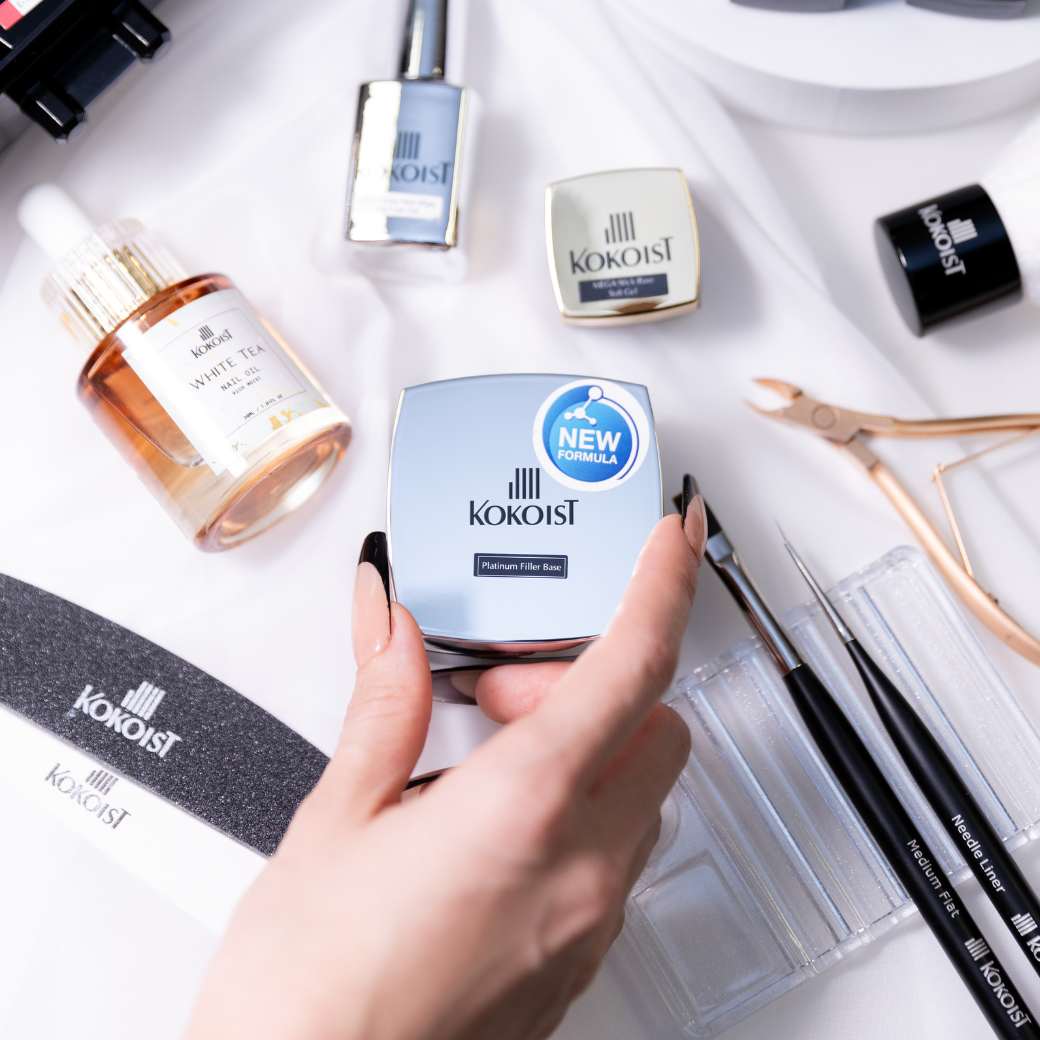
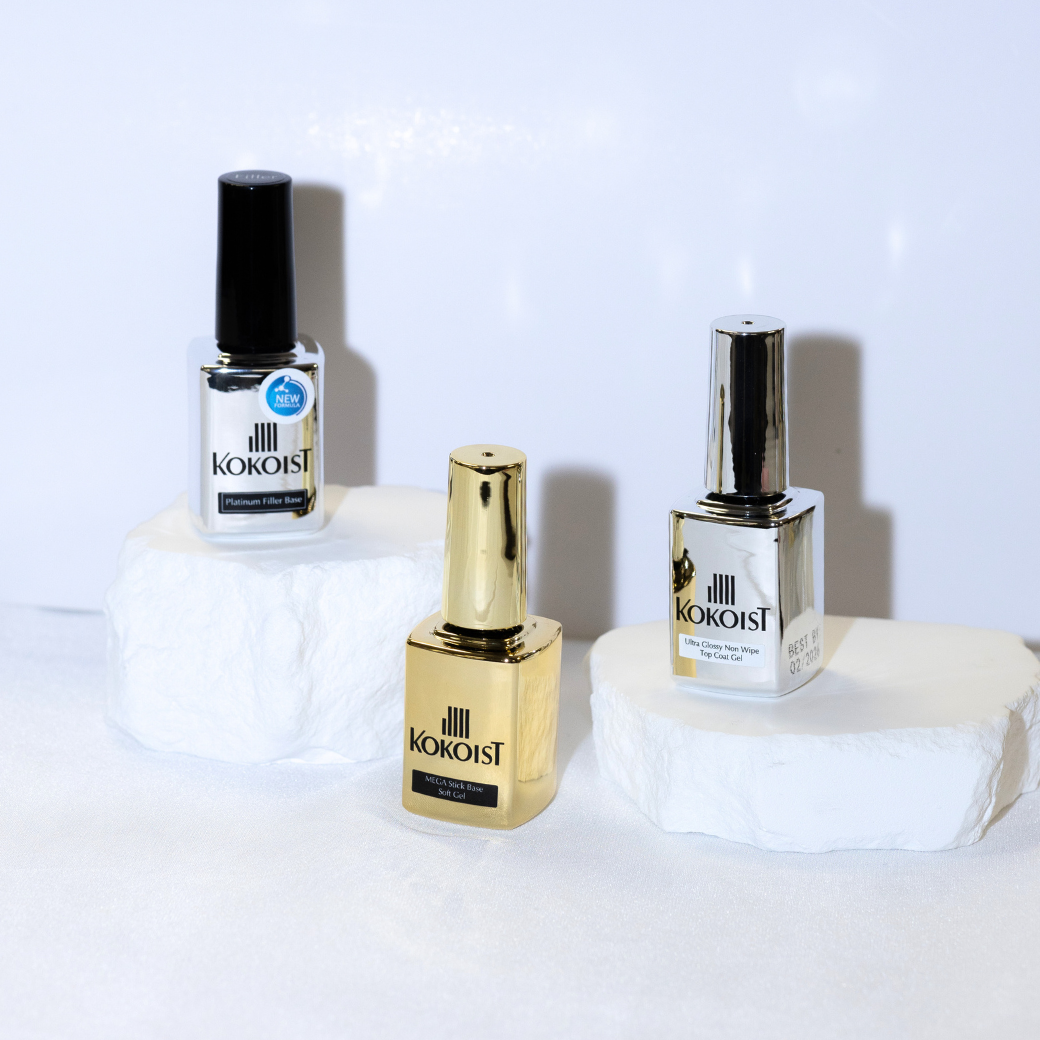
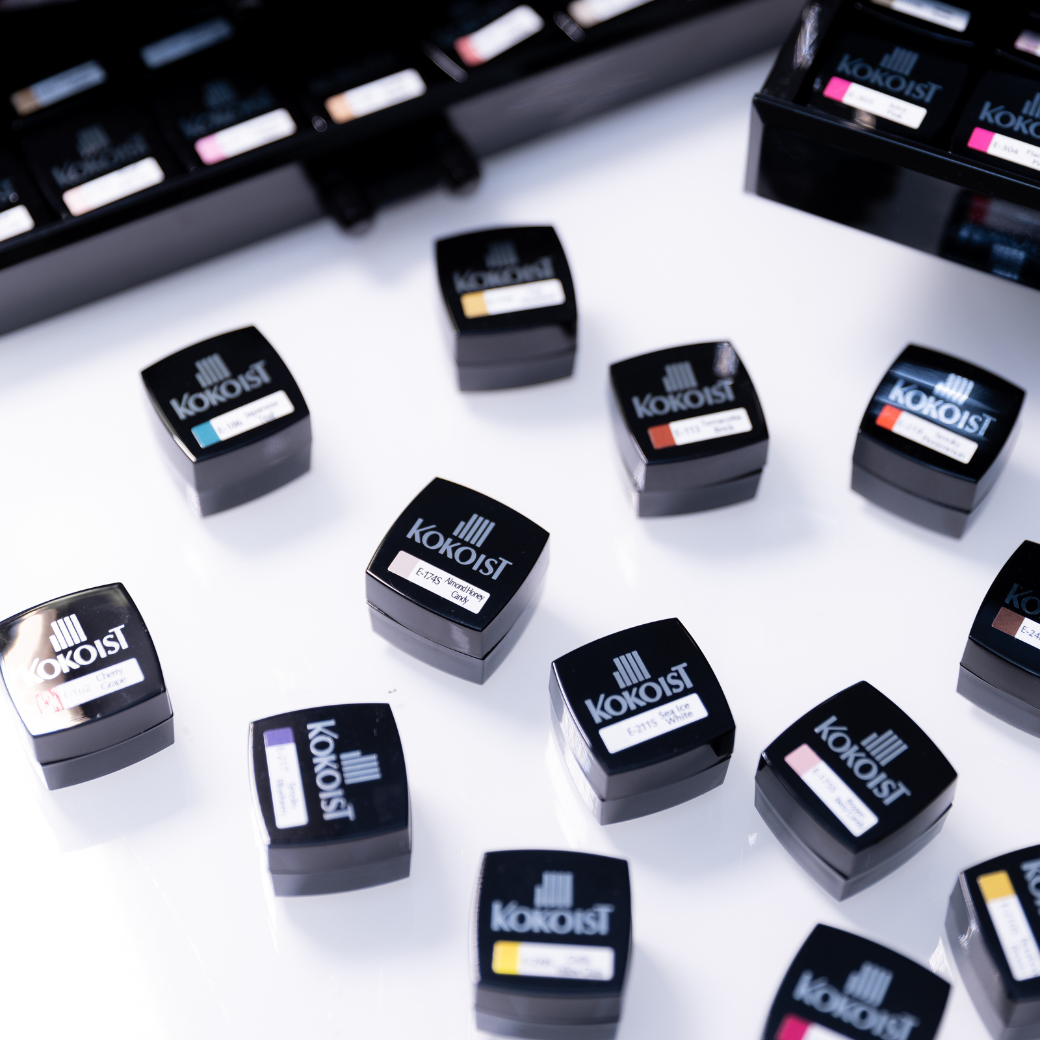


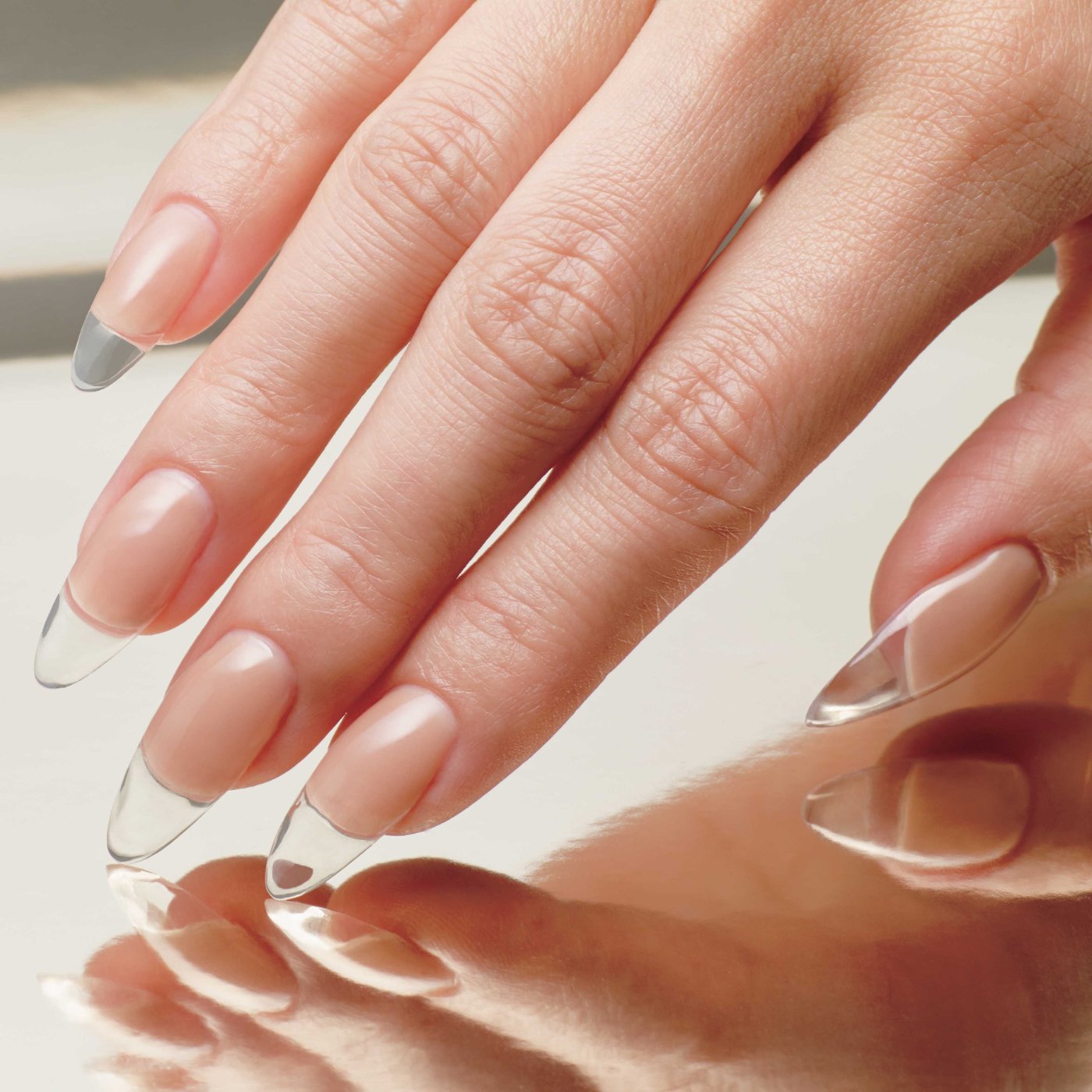
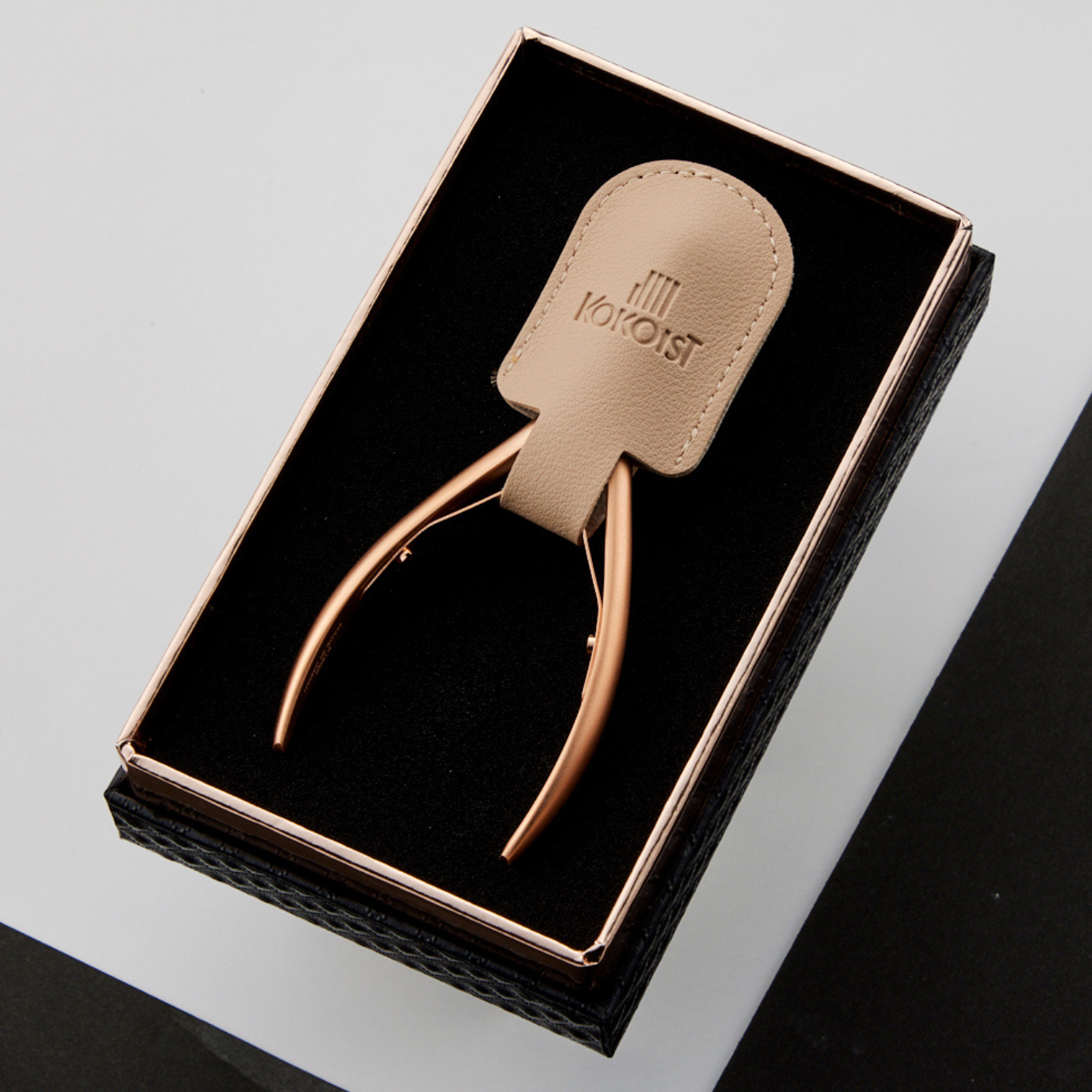
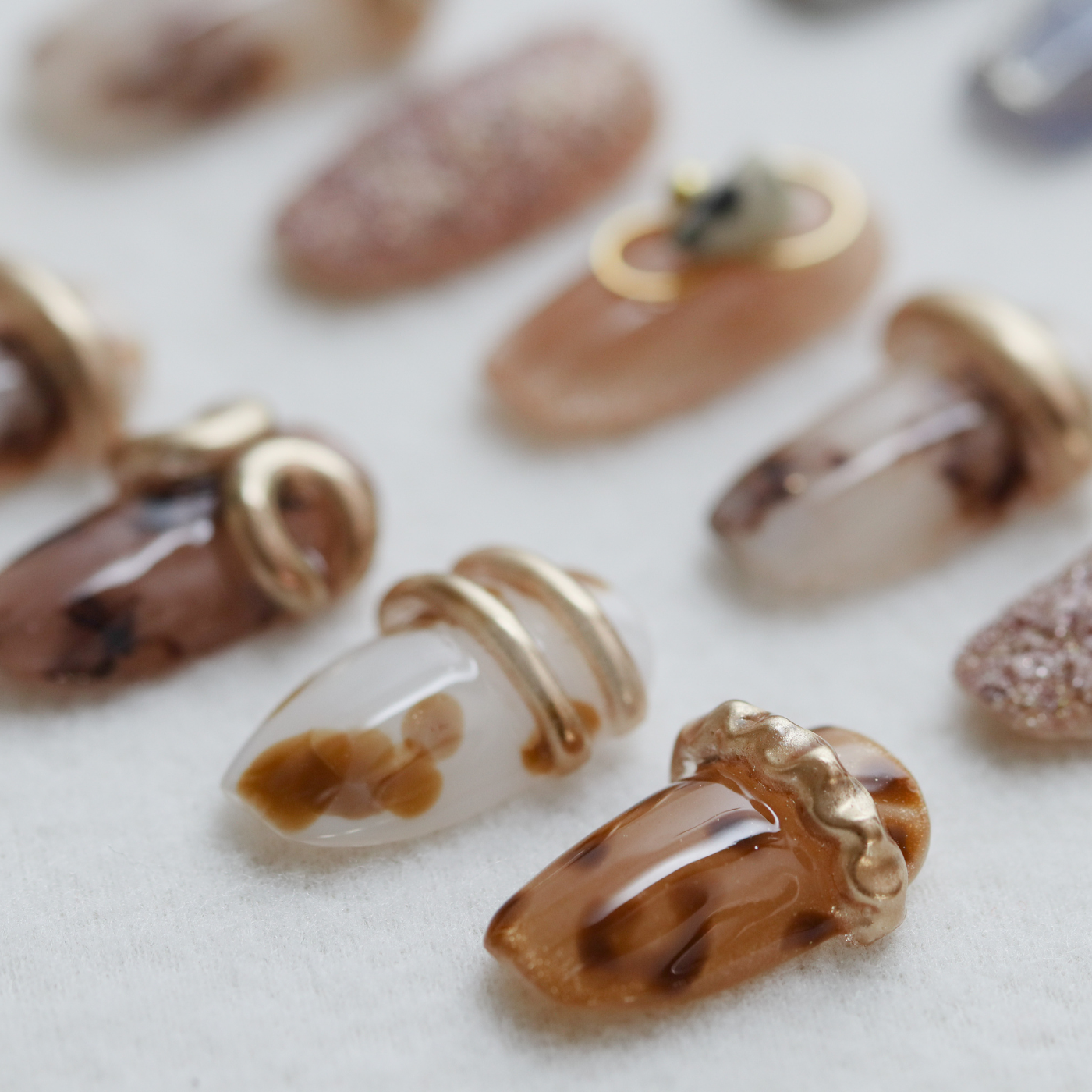

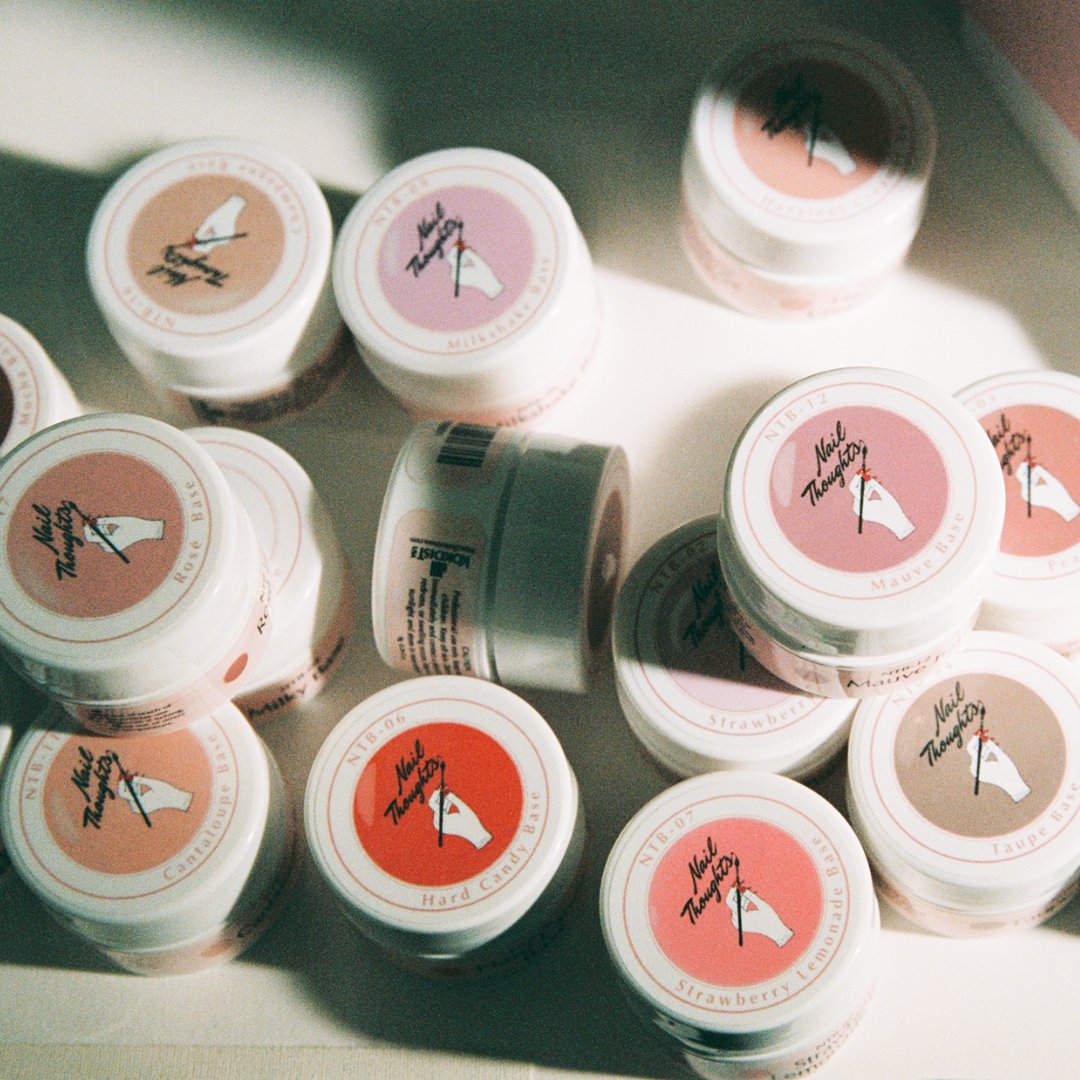
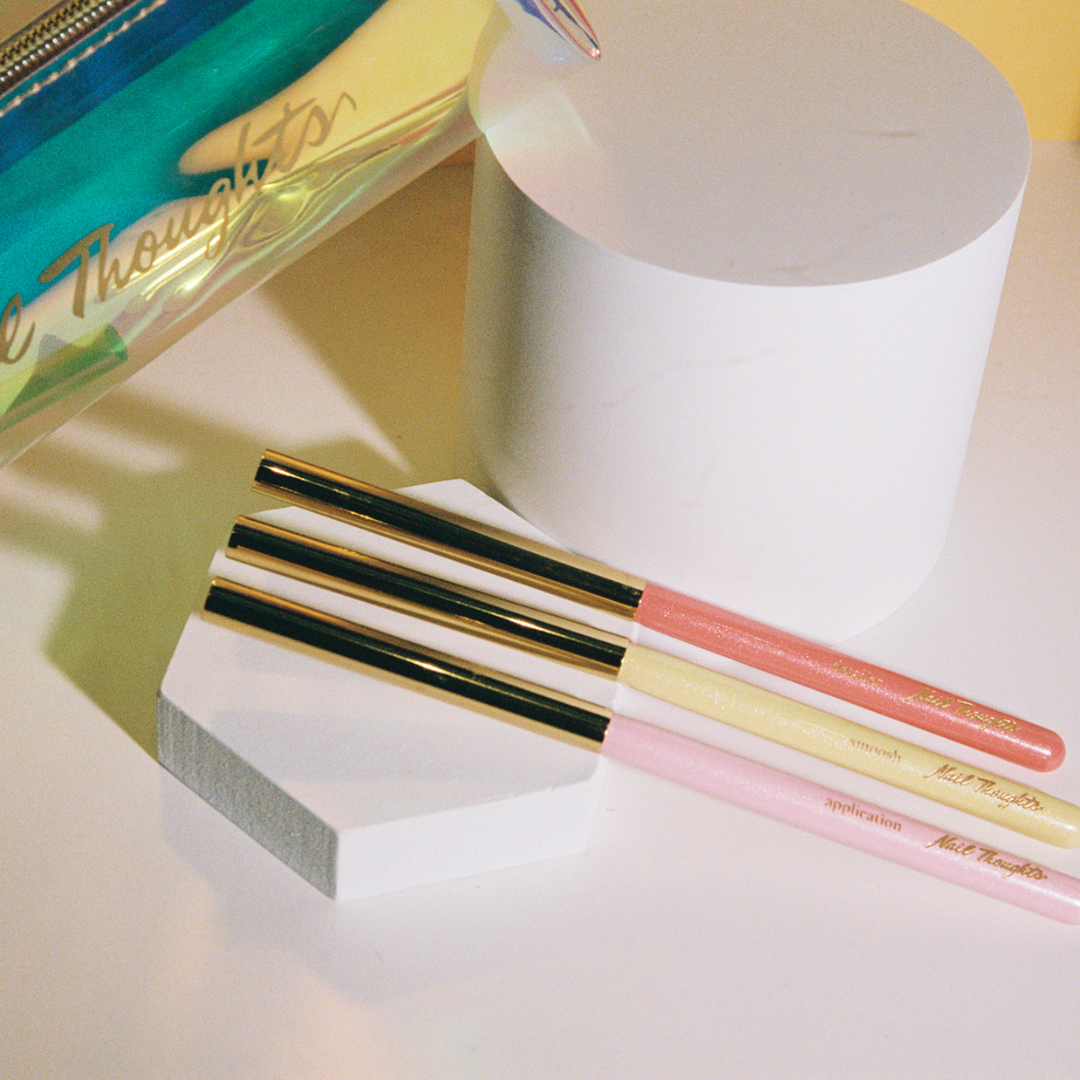




Leave a comment